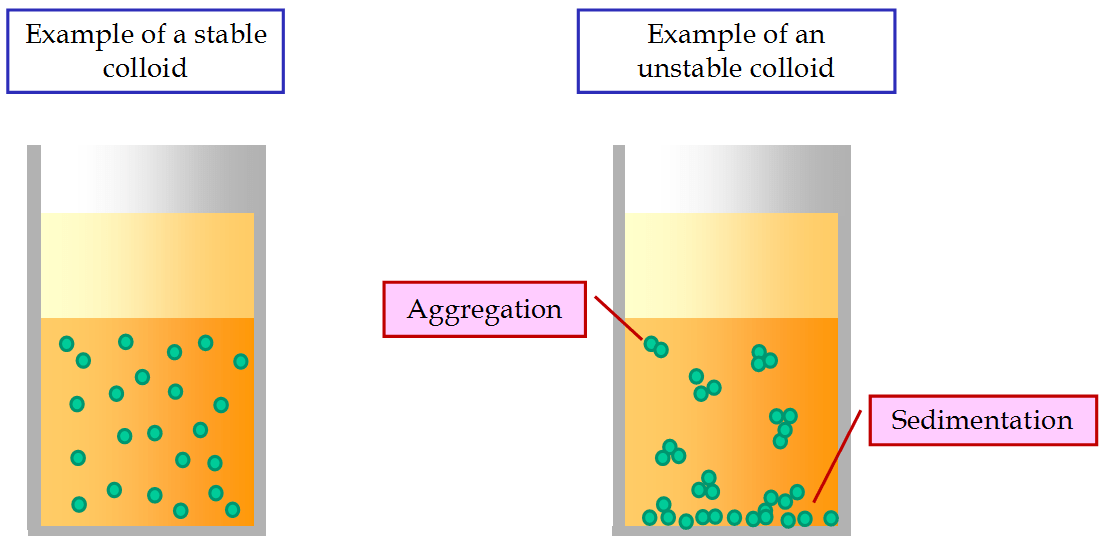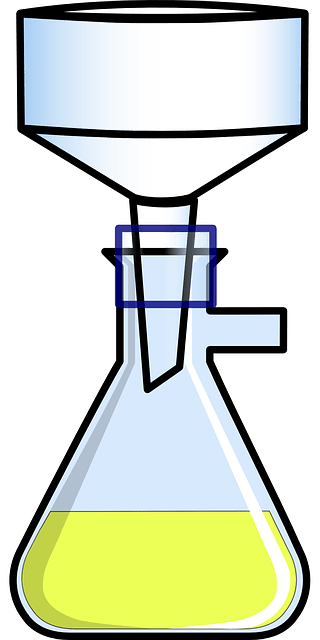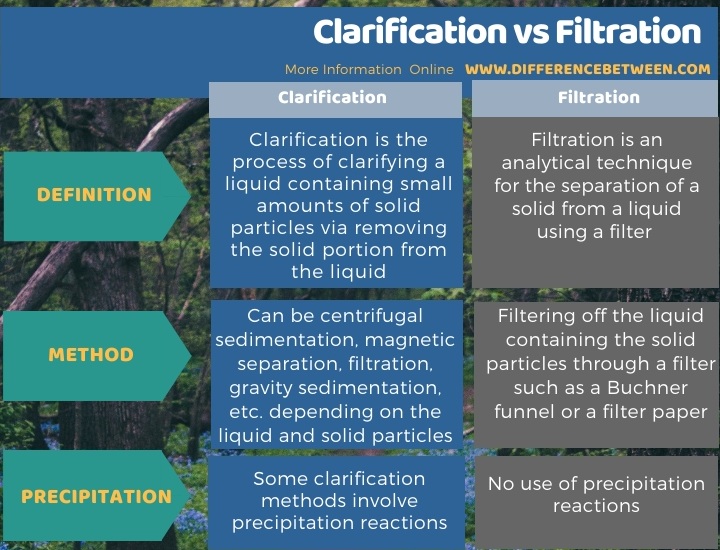Difference Between Clarification and Filtration
The key difference between clarification and filtration is that clarification refers to the removal of small amounts of solid particles from liquids, whereas filtration refers to the clarification of a liquid containing solid particles via filtering off the liquid through a filter.
Clarification is a broad topic which includes different methods of clarifying liquids that contain solid particles in small amounts as impurities. Filtration is a type of clarification. In addition to filtration, methods of clarification include sedimentation, precipitation, magnetic separation, etc.
CONTENTS
1. Overview and Key Difference
2. What is Clarification
3. What is Filtration
4. Side by Side Comparison – Clarification vs Filtration in Tabular Form
5. Summary
What is Clarification?
Clarification is the process of clarifying a liquid containing small amounts of solid particles via removing the solid portion from the liquid. There are different methods we can use to clarify a contaminated liquid. Filtration, gravity sedimentation, centrifugal sedimentation, and magnetic separation are methods of clarification. The chemical species we are using for this clarification is called the clarifying agent. Clarifying agents are usually involved in the formation of clumps in the solid contaminant, which makes it easier to remove from the liquid. We call it “inducing flocculation”.

Figure 01: Clarification via Sedimentation
Sedimentation is a type of precipitation in which we can make a sediment of the solid contaminant via a technical method such as centrifugation or leaving under the force of gravity until a sediment forms. In this method, the solid particles form a precipitate at the bottom of the. Then we can easily get the purified liquid through decantation.
What is Filtration?
Filtration is an analytical technique for the separation of a solid from a liquid. This process helps to remove solids in a fluid via passing the fluid through a barrier that can hold the solid particles via a physical, mechanical or biological operation. Here, the fluid can be a liquid or a gas. The fluid we get after the filtration is the “filtrate”. The barrier we use for the filtration is the “filter”. It can be a surface filter or a depth filter; either way, it traps solid particles. Most of the times, we use filter paper in the laboratory for filtration.

Figure 02: Filtration Apparatus for Vacuum Filtration
Generally, filtration is not a complete process that leads to purification. However, it is precise compared to decantation. That is because some solid particles may go through the filter while some fluid may remain on the filter without going to the filtrate. Different types of filtration techniques include hot filtration, cold filtration, vacuum filtration, ultrafiltration, etc.
The major applications of the filtration process include the followings:
- To separate liquid and solid in a suspension
- Coffee filter: to separate the coffee from the ground
- Belt filters to separate precious metal during mining
- To separate crystals from the solution during the recrystallization process in organic chemistry
- Furnaces use filtration to prevent the furnace elements from fouling with particulates
What is the Difference Between Clarification and Filtration?
Filtration is a type of clarification method. The key difference between clarification and filtration is that clarification refers to the removal of small amounts of solid particles from liquids, whereas filtration refers to the clarification of a liquid containing solid particles via filtering off the liquid through a filter. Both these methods are important in purifying a liquid that contains solid contaminants.
Below infographic tabulates the differences between clarification and filtration.

Summary – Clarification vs Filtration
Filtration is a type of clarification method. The key difference between clarification and filtration is that clarification refers to the removal of small amounts of solid particles from liquids to clarify the liquid, whereas filtration refers to the clarification of a liquid containing solid particles via filtering off the liquid through a filter.
Reference:
1. “Filtration.” Encyclopædia Britannica, Encyclopædia Britannica, Inc., 7 June 2017, Available here.
2. “Clarifying Agent.” Wikipedia, Wikimedia Foundation, 1 Nov. 2019, Available here.
Image Courtesy:
1. “ColloidalStability” By SunKart at English Wikipedia (CC BY 3.0) via Commons Wikimedia
2. “307621” (CC0) via Pixabay
ncG1vNJzZmivp6x7pbXFn5yrnZ6YsqOx07CcnqZemLyue8OinZ%2Bdopq7pLGMm5ytr5Wau26vy5qpop6ZmK61tc6nZJqmlGKzqrjTq5itoZ%2BjfA%3D%3D